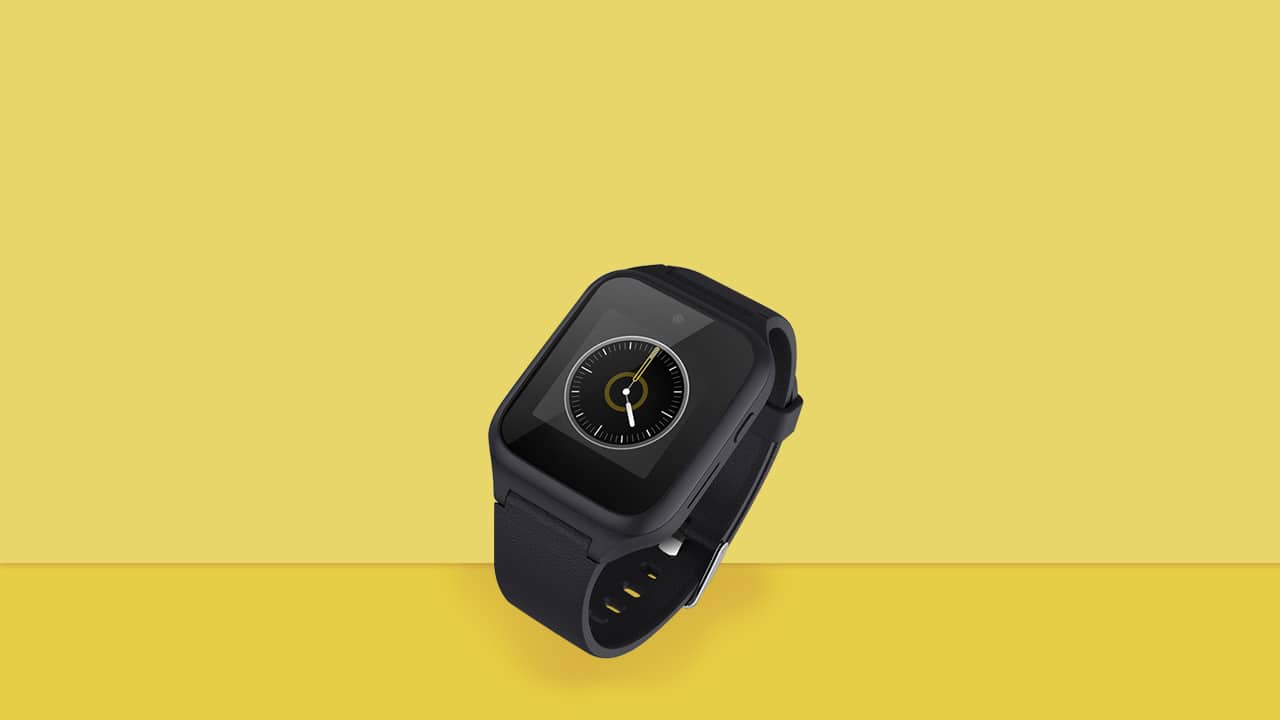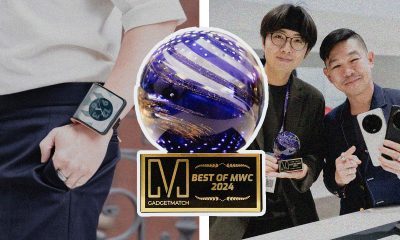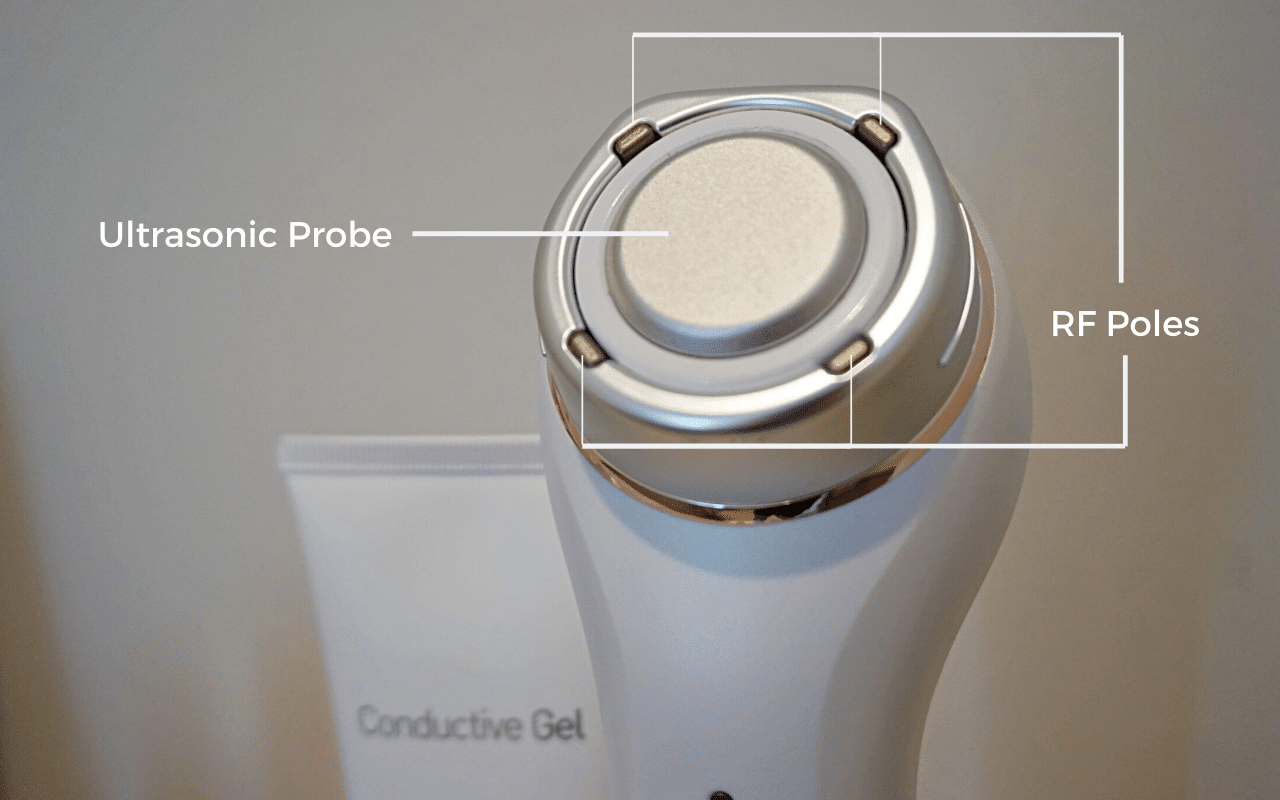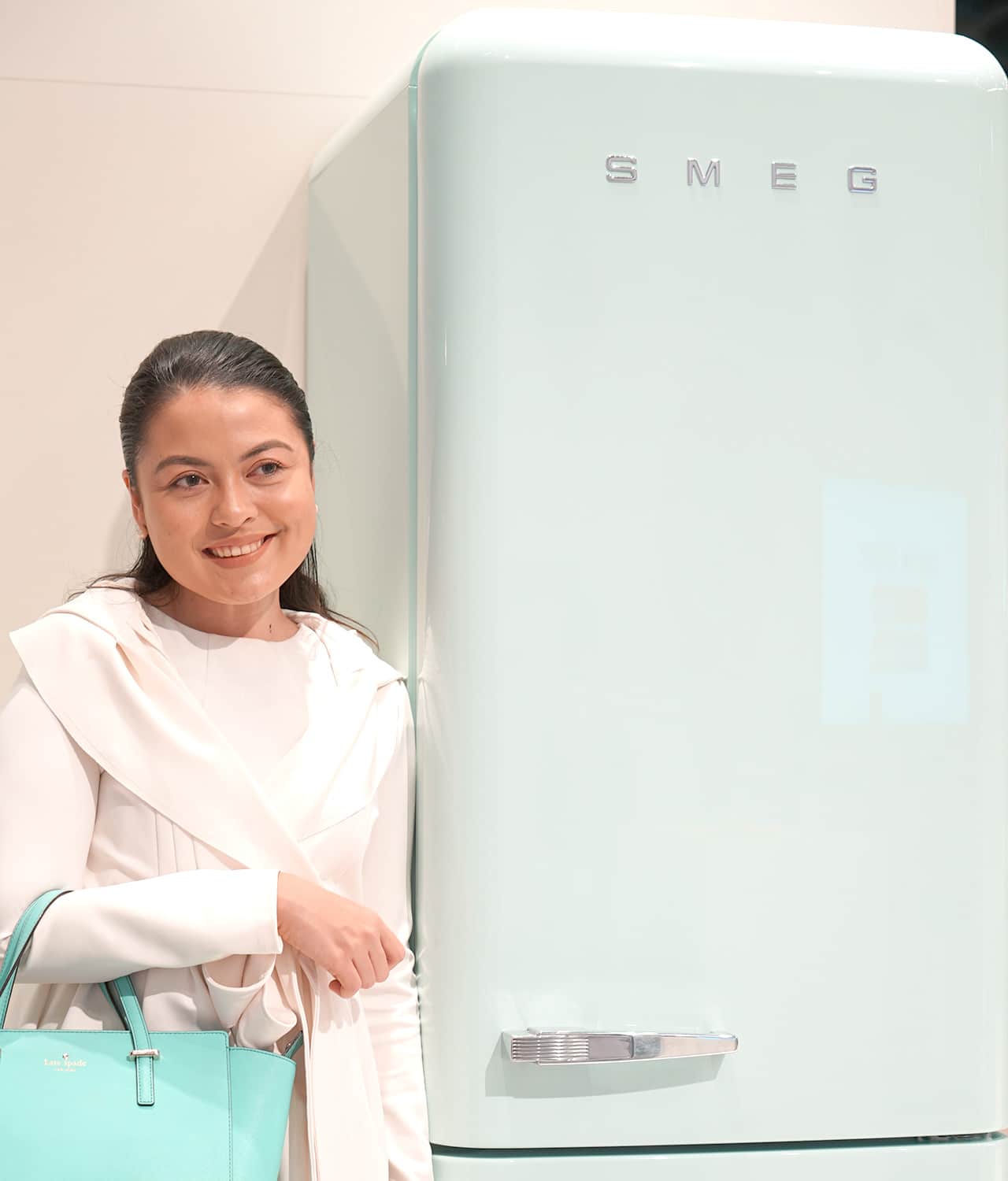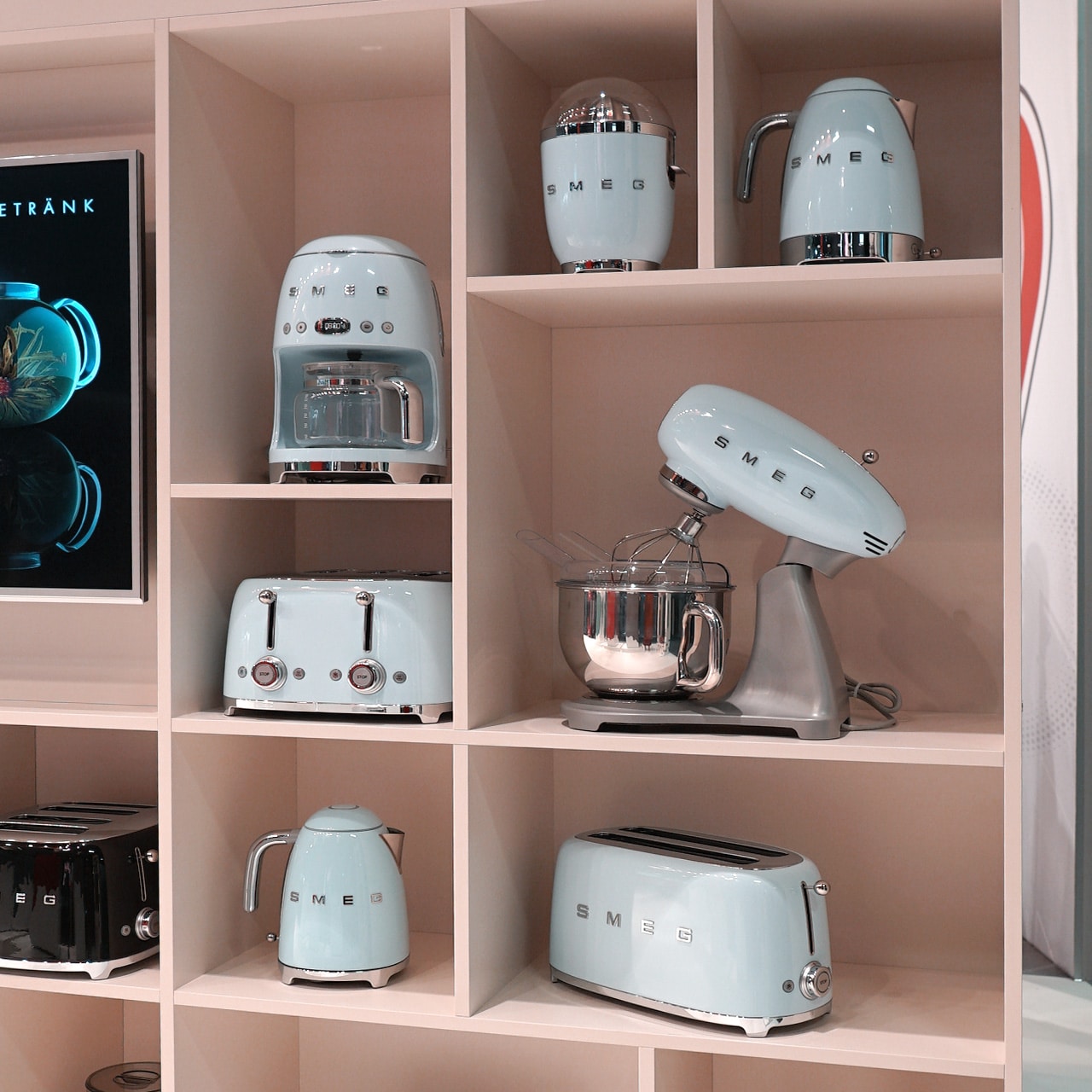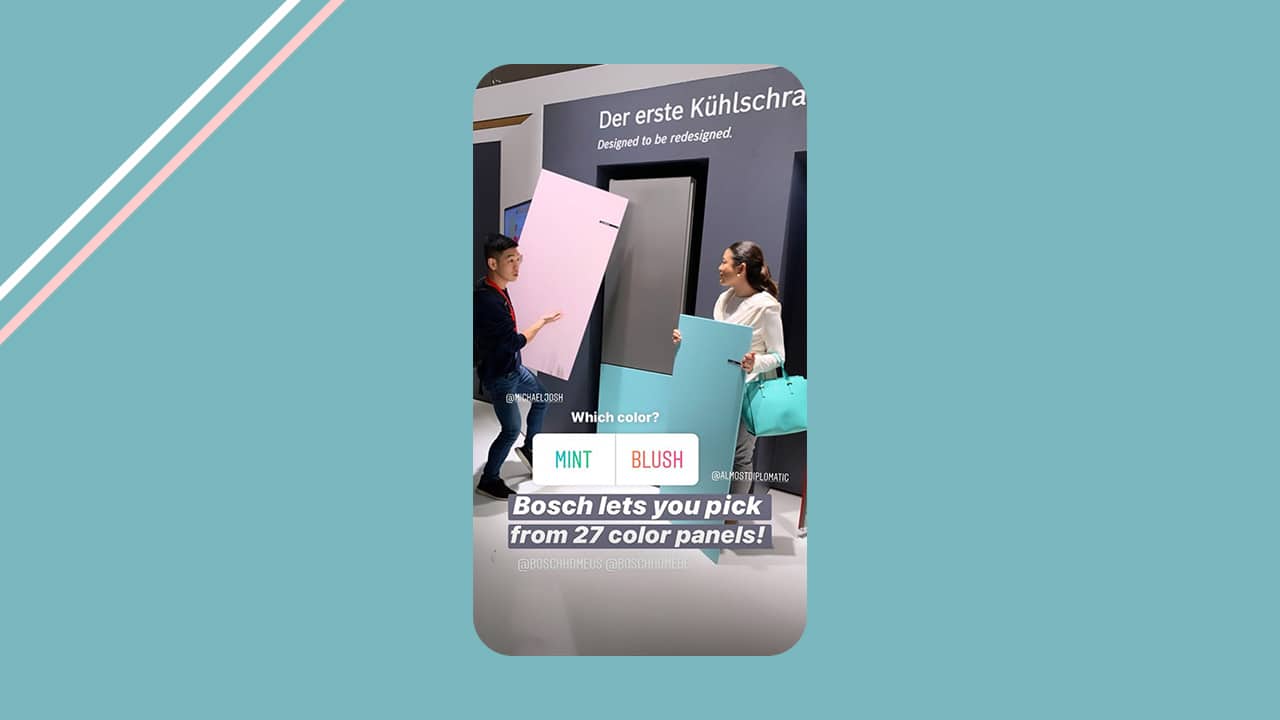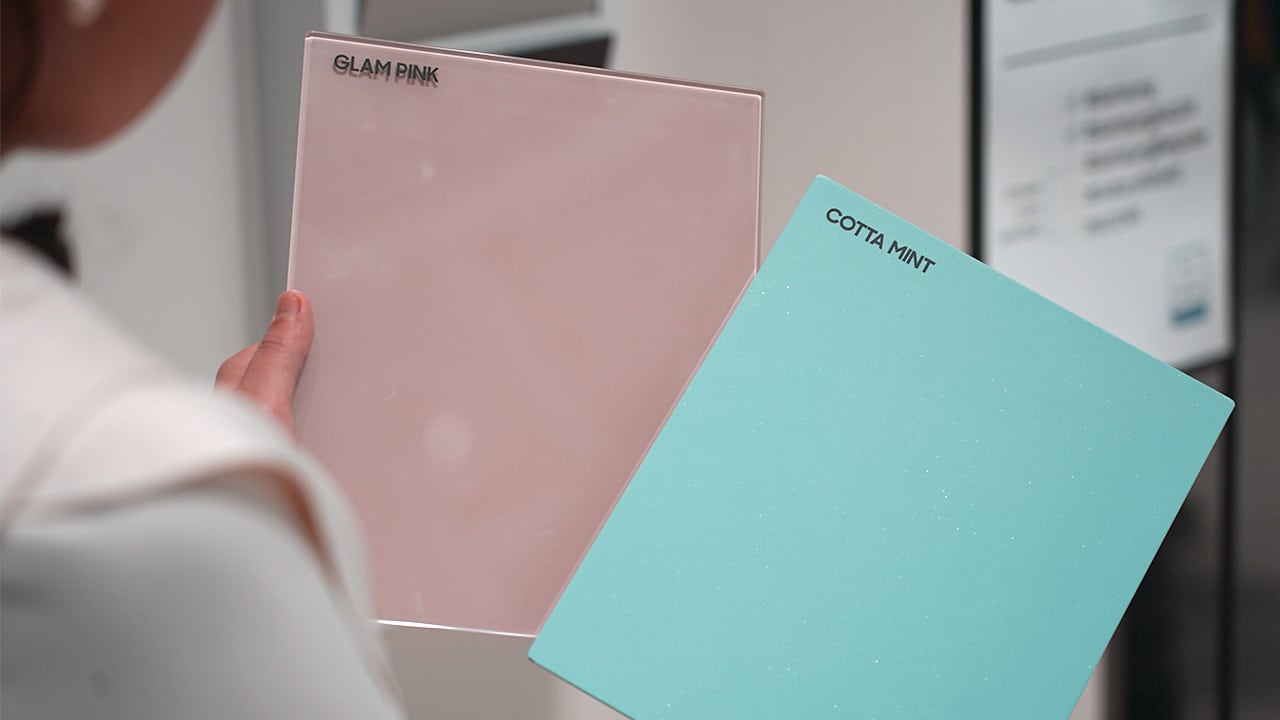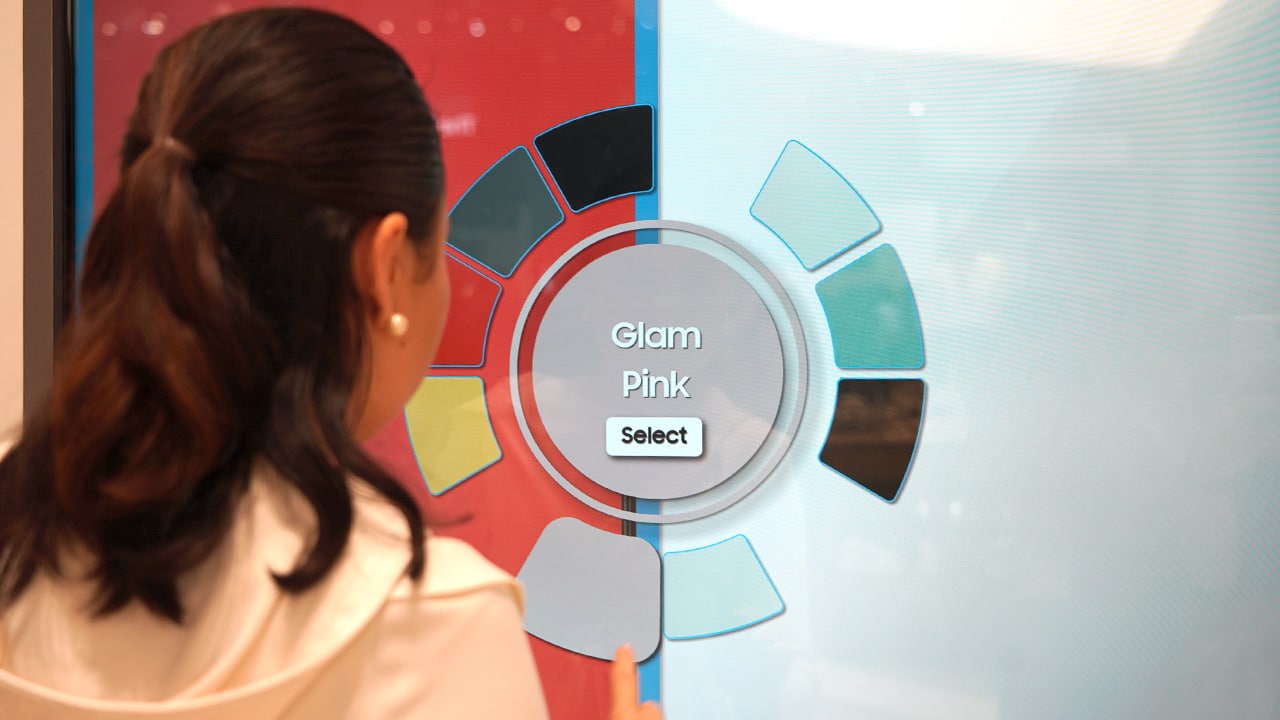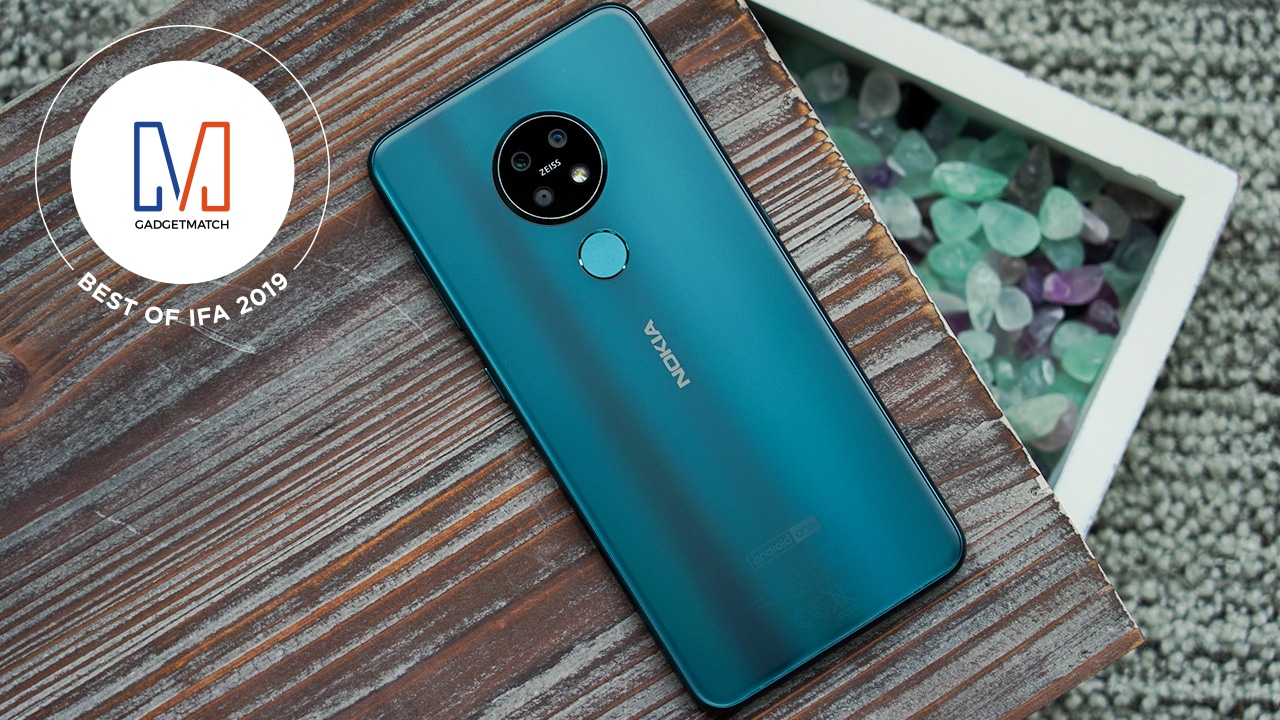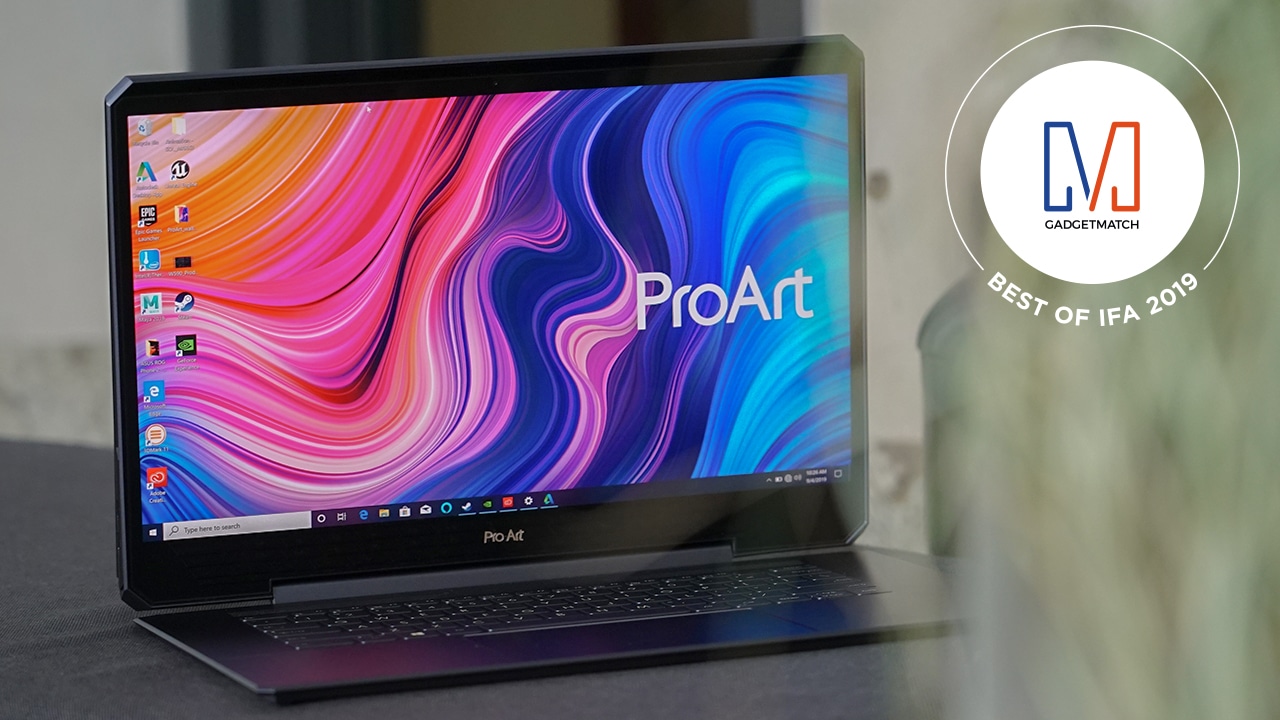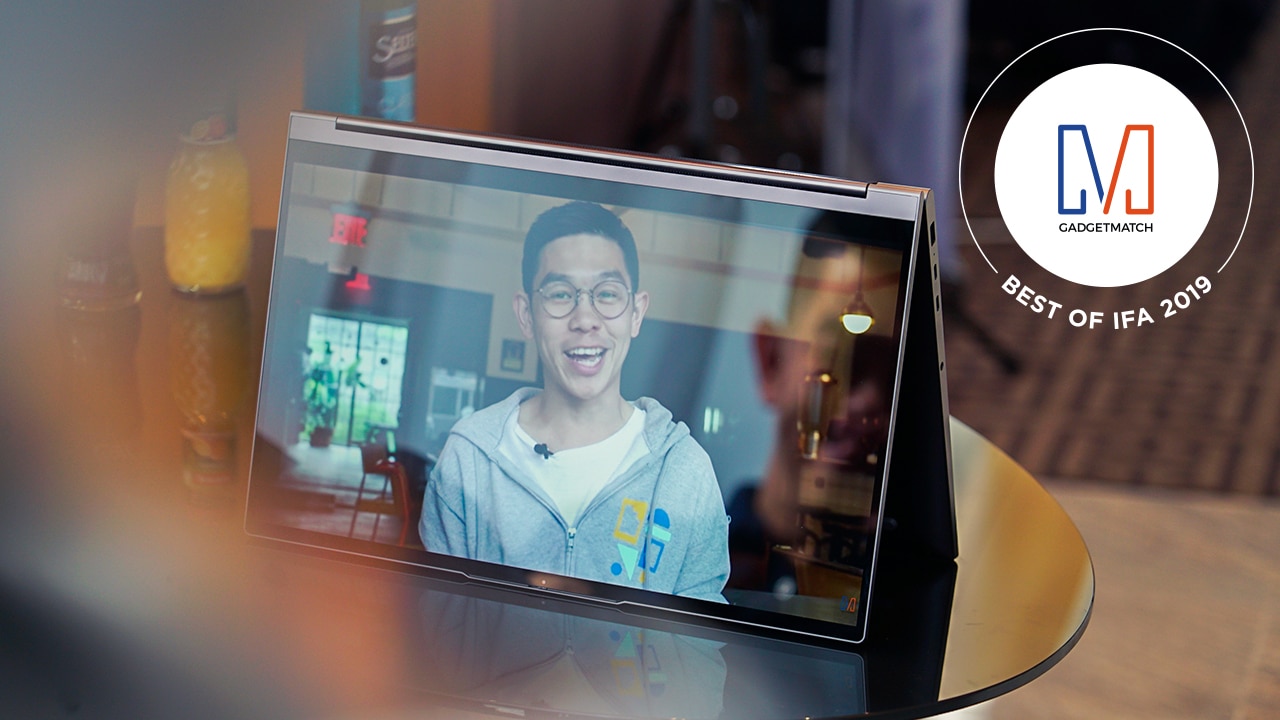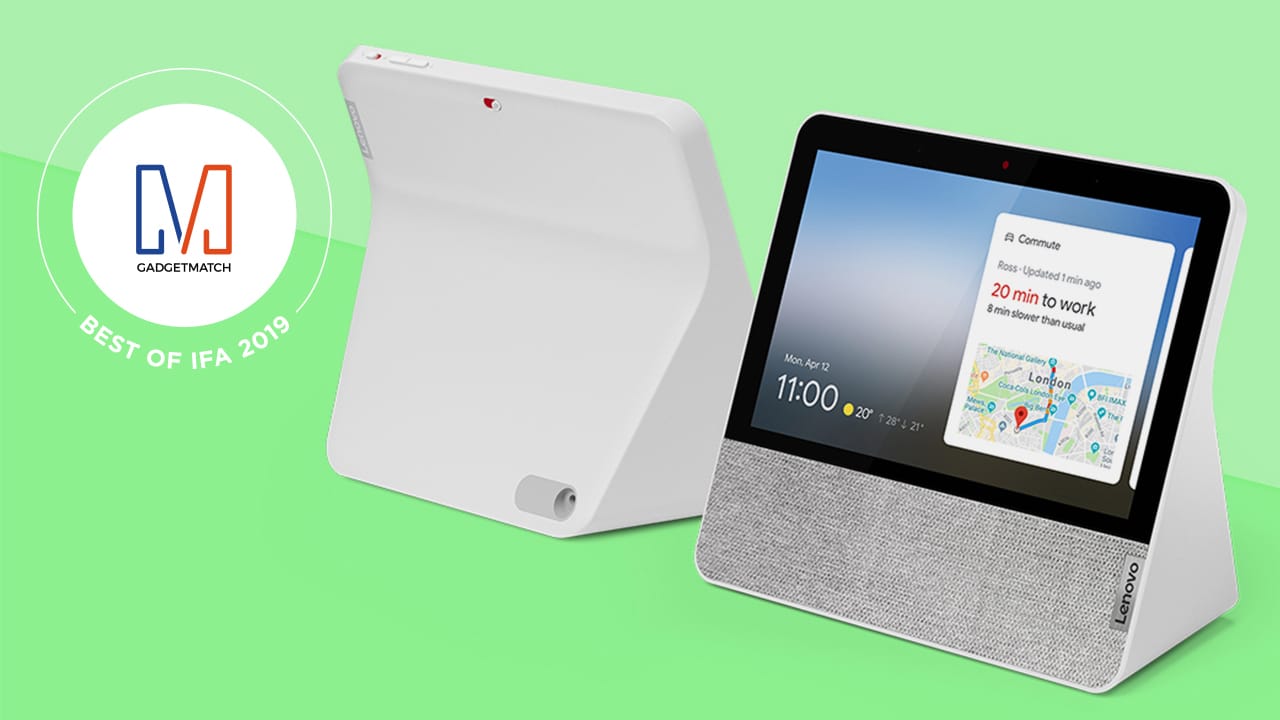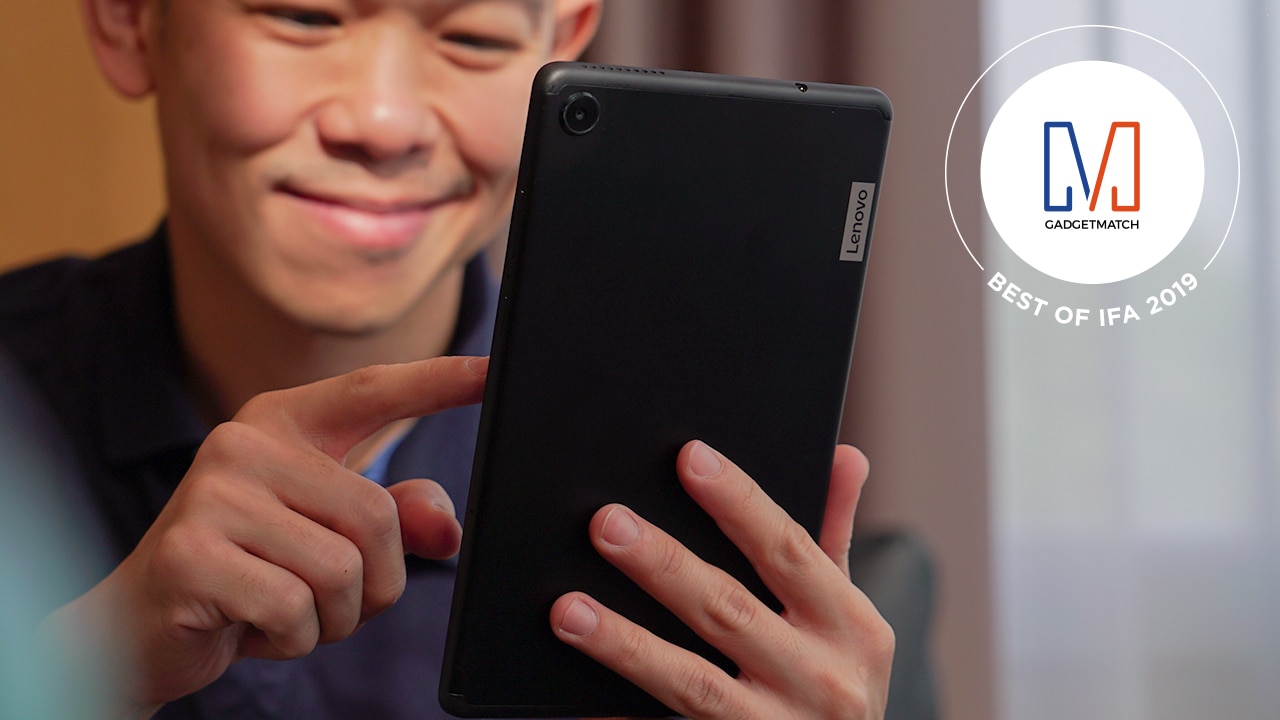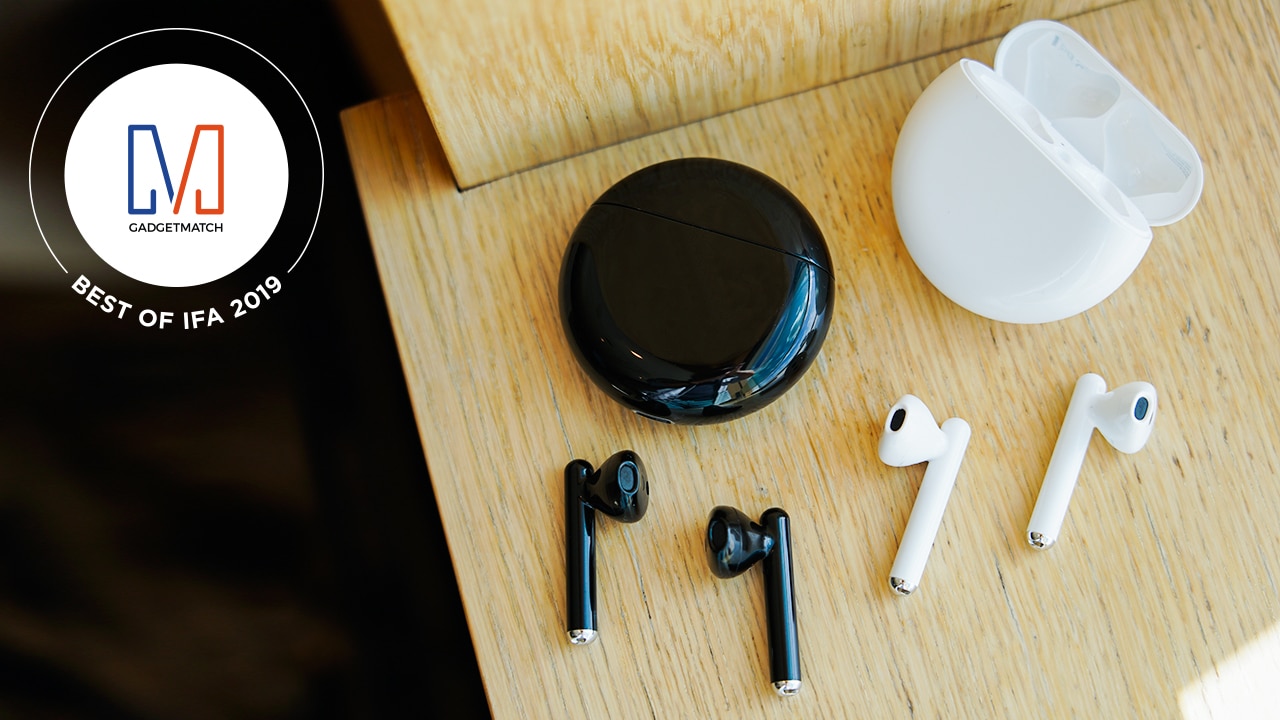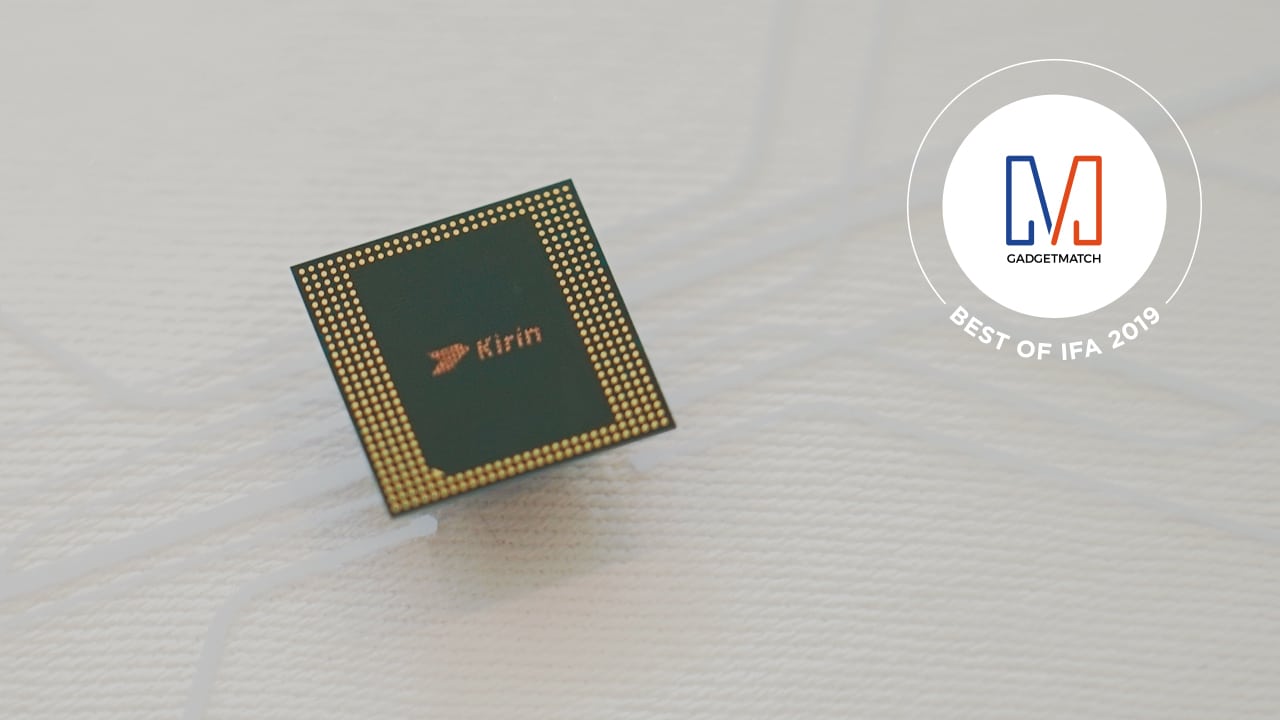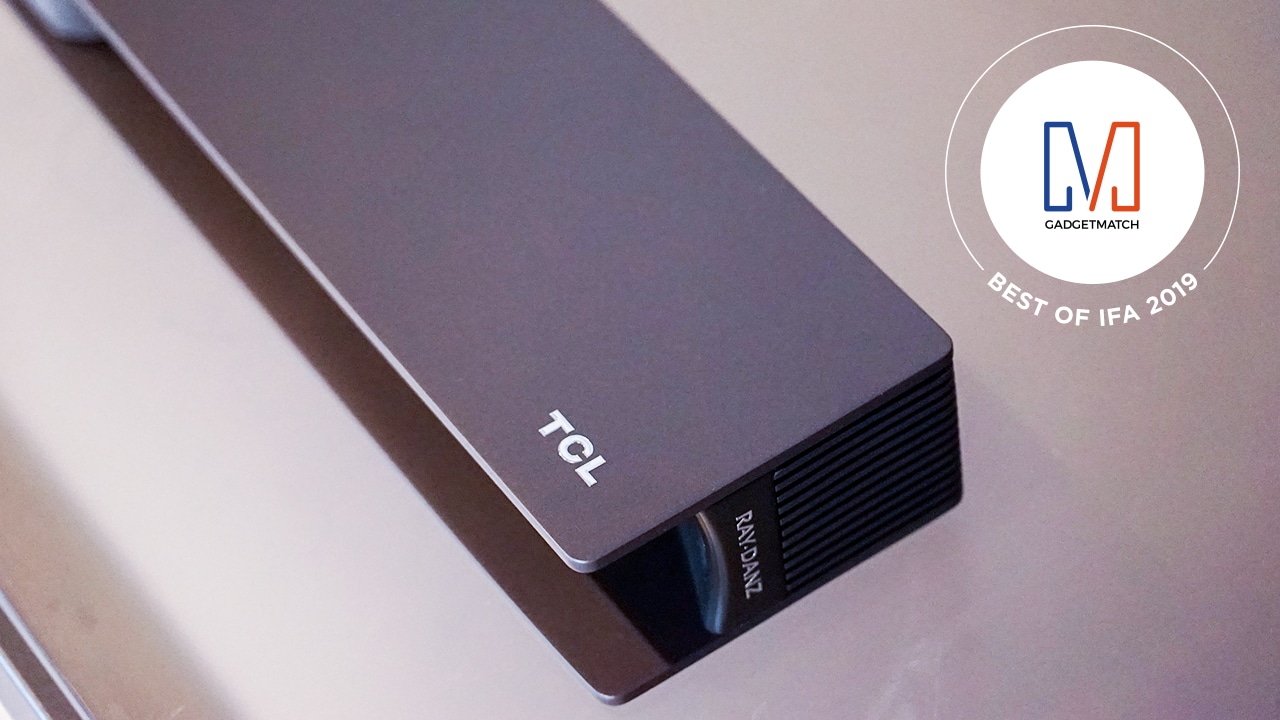IFA 2019
TCL brings its display tech to mobile phones
A smartwatch has also been unveiled

We’re live from IFA 2019 and TCL has launched a wide range of products. A few of their phones are under Alcatel branding, while a few have been launched directly under the TCL banner.
The brand is famous for its line of televisions and intends to bring that display expertise to mobile phones. The TCL PLEX features NXTVISION, proprietary display optimization and camera technology that delivers better color reproduction, clarity, and contrast. With a dedicated display engine, a 6-axis color enhancement is applied for radiant images.
It sports a 6.5-inch Full HD+ display with a screen-to-body ratio of 90 percent. Powering the phone is an octa-core Snapdragon 675 processor along with 6GB RAM and 128GB internal storage.
The rear gets a 48-megapixel primary camera, 16-megapixel secondary camera, and a 2-megapixel depth sensor. On the front is a 24-megapixel selfie shooter. These internals are backed by a 3820mAh battery that charges via USB-C.
The TCL PLEX will be available in Obsidian Black and Opal White in Q4 2019, starting with select markets in Europe at a recommended retail price of EUR 329 (US$ 363).
TCL MOVETIME
They’ve also launched TCL MOVETIME Family Watch MT40S smartwatch to provide care and support to seniors. The watch can easily let them stay in touch with friends and family, independently entertain themselves, and act like a safety device that can send SOS messages. It can also track physical activities like walking and sleeping for health monitoring.
The watch has a 1.3-inch display and runs on a proprietary operating system. The battery has a standby time of five days and can provide up to five hours of talk time. A SIM-slot has been included for on-the-go connectivity and a 0.3-megapixel front camera for video calling.
It’ll be available in select markets later this year at prices starting from EUR 129 (US$ 142).

Her GadgetMatch
Panasonic Advanced RF Facial Device: Is it worth the 499-euro price tag?
A worthy investment if you’re highly concerned about signs of aging

The promise of beauty treatments right at the comfort of your own home is always an attractive concept. With hectic schedules and how prices for services are going up in some parts of the world, people are gearing more towards doing things themselves whenever it is most convenient. Such things now include beauty treatments.
Japanese electronics giant Panasonic is no stranger to beauty tech. They’ve released several items in the past but their recent launch in IFA is definitely something that has turned heads. The Panasonic Advanced RF Facial Device is said to take care of your premature signs of aging in the convenience of your own home. So, we decided to put it to the test.
What can RF do for you?
Radio Frequency (RF) treatments have been around for quite some time. Aestheticians have been using it on different parts of the body to tighten the skin, reduce fat, and encourage the production of collagen and elastin.
One treatment session at a clinic can run for 30 minutes to an hour. It can also set you back between EUR 80 to EUR 360 per session, depending on the clinic. While there are minor yet instant effects visible right after treatment, it takes a while to see the noticeable and longer-lasting results. You’ll need around four treatments spaced between 2-week intervals to get there. Pretty steep and can be quite a bother to one’s schedule if you’re a busy, working woman.
RF devices used in clinics are huge and some companies have tried to replicate them and make them smaller in the past. What sets Panasonic’s Advanced RF Facial Device is that it combines both radio frequency and ultrasonic waves. This means it emits both heat and vibration to tighten your skin while improving its moisture content. Recommended use is three times a week with at least a day in between each use.
Treatment at home
Turning on the device, you’ll need to wait about a minute to let it heat up. Once it’s ready, the joint RF and Ultrasonic part of the treatment will take you 12 minutes. Eight of which are used on the lower half of your face. You lift the cheeks by running the device on your jawline and from the sides of your mouth to the temples. The device will make a sound once you need to switch to focusing on your laugh line area.
Once that’s done, the Ultrasonic mode will turn off since you only need RF for your forehead. You’ll have about two minutes to work on that as well, going upwards and sideways from the center of your forehead.
The device is warm throughout the whole procedure. There’s also a steady vibration during the ultrasonic treatment for the cheeks and jawline, every time the probe touched the skin. I use my unit consistently on level three and I won’t call it painful. It’s merely uncomfortable at most. So, if you’re a newbie to RF treatments, there shouldn’t be any worries.
The device comes with its own, water-based, conductive gel. An almond-sized drop of the gel is enough to use all over the face each time. Once it runs out, you can also use your own skincare products with it. Serums and gel-type moisturizers are recommended.
With consumers getting more particular about the ingredients in skin care products and their benefits, the next concern is that we get our money’s worth out of them. I love their conductive gel as it’s definitely hydrating but it also needs to be washed off after using the device. Using my own products such as the Aeos Realive serum shortens the whole process.
I noticed that the product gets absorbed quickly with this device which is great. However, I do find myself adding more product throughout the treatment. You have to remember that the device should glide gently on your skin. Tugging is detrimental to what you want to achieve. The conductive gel makes it easier and lasts the whole treatment duration.
I’ve been using this for the past month and I always make sure to leave ample time for it in the evenings. To pass the time, I watch Youtube videos while doing the treatment.
Instant results?
After using it for the first time, I’ve noticed that my face looked rather red but lifted. Using a gua sha leaves you with the same level of redness and instant lift. A major difference is that the Panasonic Advanced RF Facial Device left my skin feeling hydrated for a longer period of time.
A month of using it consistently showed visibly less bloating on my face. And I do tend to wake up to a lot of water retention. My cheeks are plump and laugh lines are less pronounced.
Is this your GadgetMatch?
It’s quite bulky for a facial device but easy to hold and maneuver. I do love the design, though. It comes in white and looks quite minimalist. I love that despite the size, it won’t look obtrusive in your bathroom or your vanity.
At EUR 499, this device can make quite a dent in one’s pocket. However, getting RF treatments here in Germany aren’t exactly cheap. We did the math earlier and I believe this device is a worthy investment if you’re highly concerned about signs of aging. If you’re someone who wants to prevent or at least slow them down, you’d love this.
The Panasonic Advanced RF Facial Device is also for people who don’t have a lot of time to spend in beauty clinics. Getting the treatment at the convenience of your own home, at a fraction of the time it takes compared to a clinic, can make a world of difference in your schedule.
Her GadgetMatch
Home appliances that fit your pastel, feminine aesthetic
Home appliances don’t have to be silver and boring

Nowadays, it’s not that difficult to marry your aesthetic with technology that fits your needs. No, I’m not just talking about phones and personal gadgets here but appliances that make life much easier.
I still remember back in Spring of 2017 when we just moved to Berlin and we were still putting our kitchen together. I wanted some pastel colors in the kitchen. This, to make cooking a fun activity even in my busiest of days and in the dead of winter. It was hard to find anything that matched my palette that also fit our budget.
Looking through this year’s IFA, we were given a glimpse of what’s now available in the market and what’s to come. Let’s just say, you won’t be stuck with just two options. So if you’re looking for appliances that fit your feminine aesthetic without having to sacrifice technological advancement, we got you covered.
SMEG: Retro Chic
A touch of color and retro feels that can make any Instagram feed happy. Their fridge is a classic and the design is something we are definitely familiar with. For functionality, it does tend to be basic but if you’re someone who wants something that is a straight-up fridge with not much frills, then this would be perfect.
You get ample space that can fit a small family’s needs for a week but it’s not a fridge I would recommend if you’re someone who likes to store food much longer than that. And let’s face it, why would you? You’d just forget about it anyway. Might as well get to them at their best state.
The price tag for a SMEG fridge here in Berlin start at about EUR 1,000 (US$ 1,107). If that’s pretty steep for you, the brand offers other items for your kitchen that come in pretty pastels as well. Something you can get for now while you save up for that fridge. From electric kettles, juicers, toasters, blenders and even mixers that can be a serious threat to Kitchenaid looks-wise, SMEG offers products that can still fit your budget despite its premium status.
What’s impressive is their dishwasher that comes in such a gorgeous shade of Cadillac pink. Despite the retro look, it comes with various modes that any modern homemaker will be happy about. Five programs that even cover your crystal plus five quick versions of each. For all those times when you get unexpected guests and you just need your dishes stat.
Bosch: For the Fickle Minded
We’ve all been there — waking up one day and just wanting to redecorate the whole apartment, wanting a fresh look for all the fresh starts we keep having. But if you decided on a bright red two years ago for your fridge, how in the world will it fit your new, much more relaxed, pastel aesthetic?
No worries, Bosch has the Vario fridge. The first fridge that was designed to be re-styled whenever you want and whatever your color your mood dictates. As long as it fits in their 24-color palette which, come to think of it, already feels like more than enough.
Prices in Germany start at EUR 1,279 inclusive of the standard grey fridge with a pair color panels. Extra panels come at EUR 179 for a pair.
Another thing we definitely enjoyed at the Bosch pavilion at IFA was the CookIt. It may not come in pretty pastel colors but it does come in white – which will definitely go with your colored pieces. The food processor and multicooker in one is definitely a game-changer in the kitchen that it got a GadgetMatch Best of IFA Award.
Samsung: Personalized Elegance
The first in their line of customizable appliances, Samsung introduced their BESPOKE refrigerator line. Not only do you get to choose the colors of your fridge, you also get to design how the modular configuration of the fridge can fit into your kitchen.
From the size, material, the number of doors, handle position, and the way it will all fit in your space, everything is decided by the customer. Choosing the configuration and colours for the fridge also come as an experience for the customer. A screen that immediately lets you see how it will look like in your own (or dream) kitchen wasn’t just convenient, it was fun to use as well.
A choice between nine colors also gives you the power to give each fridge door a different color. Another recipient of the Best of IFA award here at GadgetMatch, the Samsung BESPOKE refrigerators are rumored to come out mid-2020 here in Germany and we obviously can’t wait.
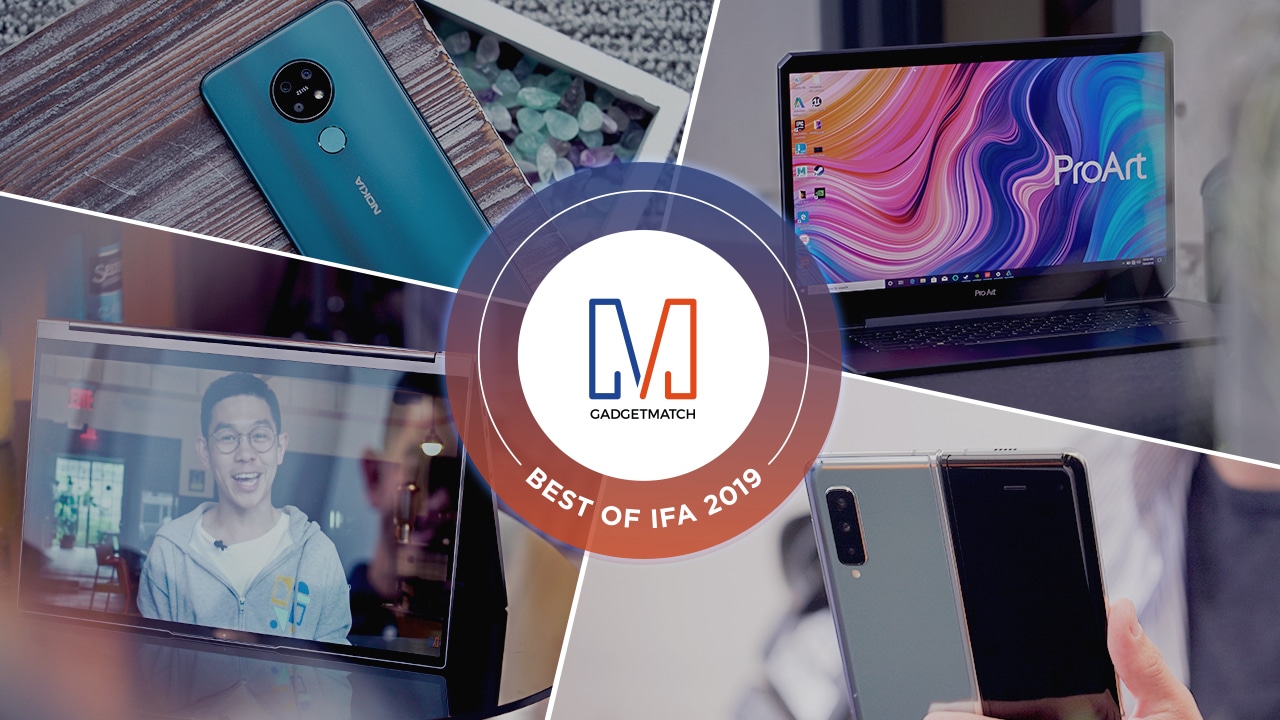
IFA has always been home to some of the best tech releases each year and IFA 2019 is no different. This year we got a device that’s the first of its kind, machines for creators, and plenty of smart things useful for your home.
Here are the best of the bunch.
Nokia 7.2
The follow-up to our favorite from last year, the Nokia 7.2 continues HMD Global’s tradition of building excellent, affordable, premium smartphones.
Veering away from the usual aluminum unibody in favor of a polymer composite, the Nokia 7.2 maintains durability while keeping the weight down to make room for a larger battery.
The phone is headlined by a 48MP camera sensor along with two other lenses: one that’s ultra wide and one that’s a depth sensor. Nokia developed new camera software to go along with the usual Zeiss hardware. This makes for photos with stunning image quality.
The Nokia 7.2 is in every respect what a flagship killer needs to be — combining the best of what the brand is known for, excellent hardware, pure software, and top-notch optics.
Samsung Galaxy Fold
The Galaxy Fold is Samsung’s new Pièce De Résistance, a device that gives users a taste of the future today.
After a major setback following its initial launch, Samsung went back to the drawing board to work on a fix. And if there’s any company that knows how to jump back up after a crisis it’s them. At IFA, the Galaxy Fold made its global return, the new and improved Fold is tougher and more resilient than ever, and most likely, THE foldable phone to beat!
Samsung BeSpoke Refrigerator
Have you ever wished to have a fridge that fits exactly with the design of your new home? There’s nothing more customized than Samsung’s BeSpoke Refrigerator.
Customization is king for this fridge. You can choose your refrigerator size, the number of doors, and a multitude of color combos. Name it, and Samsung will build it. That’s more control than you ever thought was possible with refrigerators.
Bosch Cookit
Thinking about what to have for dinner and actually preparing it can be cumbersome. But it doesn’t have to be with the Bosch Cookit.
You can think of it as either an all-in-one food processor with cooking function. Or an all-in-one cooker with the slicing and dicing built-in. But perhaps the best thing about it is how you can connect it to the Home Connect App for a step-by-step guide on a variety of dishes you otherwise probably wouldn’t even think about preparing yourself.
Being able to prep and cook in the same machine is exactly what we need, where do we sign-up?
ASUS ProArt StudioBook One
There are laptops for creators, and then there are machines for those who need even more power. Engineers, industrial designers, video editors working for video production houses.
For all these users and then some there’s ASUS ProArt StudioBook One — possibly the most powerful laptop in the world today.
Powered by the latest Intel Core i9 processor, and the new NVIDIA Quadro RTX 6000 graphics card it can literally handle anything you throw at it — rendering 8K videos, 3D graphics and animation, you name it, this beast of a machine can handle it.
Lenovo Yoga C940 14 and 15
For many years, Lenovo’s Yoga line has set itself apart as the premier 2-in-1s, and this year’s Lenovo Yoga C940 14 and 15 are no exception.
Easily our favorite laptops from IFA 2019, they come with up to a 10th generation Intel Core i9 processor, supercharging workflow and performance. You can even get it with the NVIDIA GTX 1650 to boost overall graphical performance if you need that extra oomph for video editing.
The Lenovo Yoga C940 is a powerhouse 2-in-1 designed for creators and creative professionals.
Lenovo Smart Display 7
We’ve been fans of Lenovo’s lineup of smart displays since they were first launched a year ago. But because of its size, the Lenovo Smart Display 7 has got to be our favorite. The device is petite enough to squeeze into an already cramped bedside table, or in a corner of your kitchen counter.
And for the uninitiated, a smart display is Google Assistant on steroids. It can show and tell your schedule, answer your questions, entertain you with music, videos, and music videos, and keep your hands-free when you’re trying to follow a tutorial.
Lenovo Smart Tab M8
It’s very clear which role the Lenovo Smart Tab M8 wants play. It intends to be your go-to device for entertainment.
With its 8-inch LCD panel display, it’s perfect for more intimate Netflix or YouTube sessions. But when you’re not holding it up, it also comes with a docking station and can function almost like the Smart Display 7.
Huawei Freebuds 3
Huawei has never been shy about putting their products up against Apple’s. And the Huawei Freebuds 3 is no exception. It’s essentially the AirPods, but better.
The Huawei Freebuds 3 clearly has its crosshairs on the AirPods. One look and you know that’s what Huawei was going for. It’s not the earbuds that some people find intrusive. These fit nicely in your ear without feeling invasive.
The other thing that sets it apart is adaptive noise cancellation. The Freebuds 3 is supposedly capable of 15-decibel ambient noise reduction. That’s remarkable for its size and easily blows the AirPods out of the water.
Oh and, it comes in black.
Huawei Kirin 990
Huawei’s Kirin 990 feels like a chip infused with the speed force.
Unlike other chips, the Kirin 990 incorporates 5G components on the same die. It saves space plus enables devices it’s equipped with to reach download speed up to 2.3Gbps, and upload speed of up to 1.25Gbps.
It uses two big, two middle and four little cores to optimize multitasking, with clock speeds of 2.86GHz, 2.36GHz, and 1.95GHz respectively. It’s flat out a speed demon.
LG G8X Dual Screen
LG is staking its claim on dual screens and the company might be onto something.
The LG G8X Dual Screen is an improvement of the similar tech employed on the LG V50 ThinQ. You connect the secondary screen via USB-C (USB-C everything!) instead of pogo pins. It does pretty much everything the first iteration can, but better.
You can tilt the second screen at any angle you like and it also folds all the way so you can use the LG G8X like you would a regular phone. You can go as far as calling this a semi-foldable and we wouldn’t hate you for it.
It also doesn’t hurt that LG opted to keep the headphone jack along with discrete Quad DAC that audio enthusiasts love so much.
While its competitors are going foldable, LG’s approach to innovation is practical, and we cannot recommend it more.
Philips Hue Vintage Bulbs + Smart Buttons + Smart Plugs
If you’re the type to go for a classic look, then the Philips Hue Vintage Bulbs will make you light up.
It’s reminiscent of the old incandescent light bulb, but made with light-emitting diodes instead of glowing tungsten. These new smart bulbs, much like everything on the new lineup unveiled by Philips will now work with Bluetooth. This will make it easier to invite users as you now only need to buy a single bulb to see if you’re open to getting more. Previously, the Philips Hue Hub was a required purchase since the system only worked with Zigbee but Bluetooth changes all that.
Philips also showcased new Smart Buttons and Smart Plugs. The button offers multiple controls. Press once to turn on/off. Press twice to change moods, and long press to dim up or down. The Smart Plug, meanwhile, will let you add lamps and string lights into your entire setup. Pretty neat and handy!
TCL Ray Danz Soundbar
TCL already makes some of the best TVs in the market today, so an equally excellent soundbar was only a matter of time.
The TCL Ray Danz Soundbar, much like anything on TCL’s lineup, promises good quality without exorbitant price tags. It has front-firing and sideways-firing speaker drivers to create a natural and wider resonance to elevate your Netflix and chill experience.
It also worked with Dolby Atmos to produce a 360-degree surround sound without the need for extra upward-firing drivers. As important as is a great display, is great audio, and if you’re looking for an excellent soundbar that doesn’t break the bank, look no further.
-

 Accessories2 weeks ago
Accessories2 weeks agoApple Vision Pro Review: Two Months Later
-

 Features5 days ago
Features5 days agoFortify your home office or business setup with these devices
-

 Gaming1 week ago
Gaming1 week agoThe Rogue Prince of Persia looks like an ultra-colorful roguelite
-

 Philippines2 weeks ago
Philippines2 weeks agovivo Y100 to release in Philippines on April 27
-

 Events1 week ago
Events1 week agoStellar Blade: PlayStation taps cosplayers to play Eve for game’s launch
-

 Gaming1 week ago
Gaming1 week agoStar Wars Outlaws release date revealed
-

 Accessories1 week ago
Accessories1 week agoLogitech unveils G Pro X 60 gaming keyboard: Price, details
-

 Deals2 weeks ago
Deals2 weeks agoSamsung Awesome April: Deals on Galaxy A series

